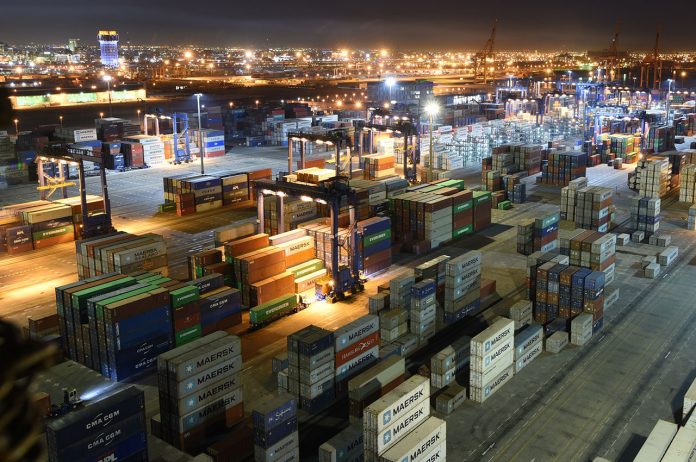The International Chamber of Shipping (ICS) has presented plans to the International Maritime Organization (IMO), detailing urgent measures which governments must take to help the shipping industry achieve zero carbon dioxide (CO2) emissions by 2050.
A month before the shipping industry’s COP26 decarbonisation conference ‘Shaping the Future of Shipping’, ICS, which represents 80% of the global shipping industry, is pushing governments to double the ambition of the IMO’s current target to diminish emissions by 50%, by 2050.
According to the global trade association, the plans include a compulsory Research & Development (R&D) fund to develop zero-carbon technologies and a carbon levy for shipping, in order to facilitate the transition to more expensive zero-carbon fuels.
In its submission, the shipping industry accepts the need to accelerate decarbonisation timelines, but it states that a net zero target by 2050 will only be plausible if governments take the necessary actions to achieve this.
“A net-zero carbon ambition is achievable by 2050 and our net-zero offering sets out the ‘how’ as well as the ‘what’ for decarbonising shipping by 2050,” said Esben Poulsson, Chairman of ICS.
Regarding the governments, he added that if they really want to reach this ambition within a global regulatory framework, they need to move from empty commitments to tangible action.
The adoption of a net-zero target by IMO will send the signal sought by the industry, as well as energy providers, shipbuilders and engine manufacturers so that investments in green fuels and technology can be accelerated and scaled, according to a statement.
Given the fact that new oceangoing ships have a typical life of 25 years, thousands of zero-emission ships will need to be in the water by 2030, if the industry is to meet the net-zero target.
It will therefore be critical for the IMO to adopt those urgent measures required to accelerate an increase in Technology Readiness Levels. A key step is for governments to approve the establishment of the US$5 billion IMO Maritime Research Fund (IMRF) at a critical IMO meeting this November, which will be funded by R&D contributions from shipowners globally.
“Governments can make a huge statement of their intent to get behind this new timeline by approving the industry’s proposed $US5 billion R&D fund in November at the IMO,” claimed the Chairman of the ICS GHG measures working group, John Adams.
To expedite the transition to net-zero, ICS has also made a proposal setting out the architecture for a broader carbon levy applicable to shipping, which will be considered by the IMO Member States at a meeting in mid-October.
This global carbon levy will help close the price gap between zero-carbon and conventional fuels and could be used to provide the billion dollars needed to deploy essential new bunkering infrastructure required in ports worldwide, to ensure the industry’s green transition for both developed and developing economies.
Guy Platten, Secretary General of ICS concluded that if a net-zero target is to be more than a political gesture, governments need to recognise the magnitude of the challenge of phasing out CO2 emissions from large oceangoing ships.







